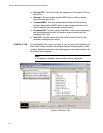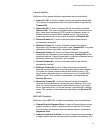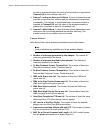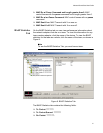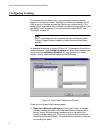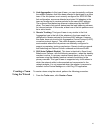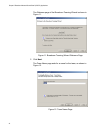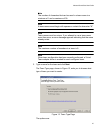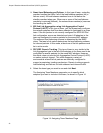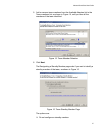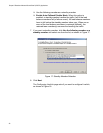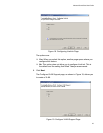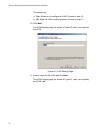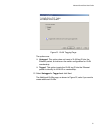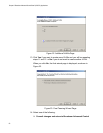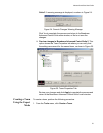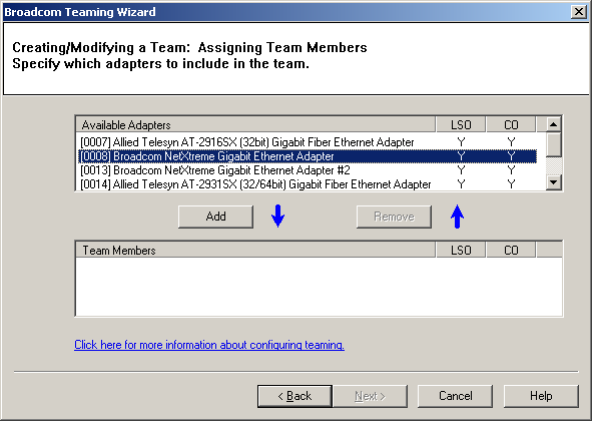
Chapter 2: Broadcom Advanced Control Suite 2 (BACS 2) Applications
46
Smart Load Balancing and Failover. In this type of team, a standby
member handles the traffic if all of the load balance members fail (a
failover event). All load balance members have to fail before the
standby member takes over. When one or more of the load balance
members is restored (fallback), the restored team member(s) resumes
the handling the traffic.
802.3ad Link Aggregation using Link Aggregation Control
Protocol (LACP). In this type of team, you can dynamically configure
the network adapters that have been selected to participate in a given
team. If the link partner is not correctly configured for IEEE 802.3ad
link configuration, errors are detected and noted. All adapters in the
team are configured to receive packets for the same MAC address.
The outbound load balancing scheme is determined by the BASP
driver. The team’s link partner determines the load balancing scheme
for inbound packets. In this mode, at least one of the link partners must
be in active mode.
FEC/GEC Generic Trunking. This type of team is very similar to the
Link Aggregation type in that all of the adapters in the team need to be
configured to receive packets for the same MAC address. However,
this mode, does not provide Link Aggregation Control Protocol (LACP)
or marker protocol support. This mode supports a variety of
environments where the link partners are statically configured to
support a proprietary trunking mechanism. Generic trunking supports
load balancing and failover for both outbound and inbound traffic.
4. Select the team type you want to use and click Next.
The Assigning Team Members page asks you to specify which
adapters you want to include in the team, as shown in Figure 14.
Figure 14. Assigning Team Members Page



